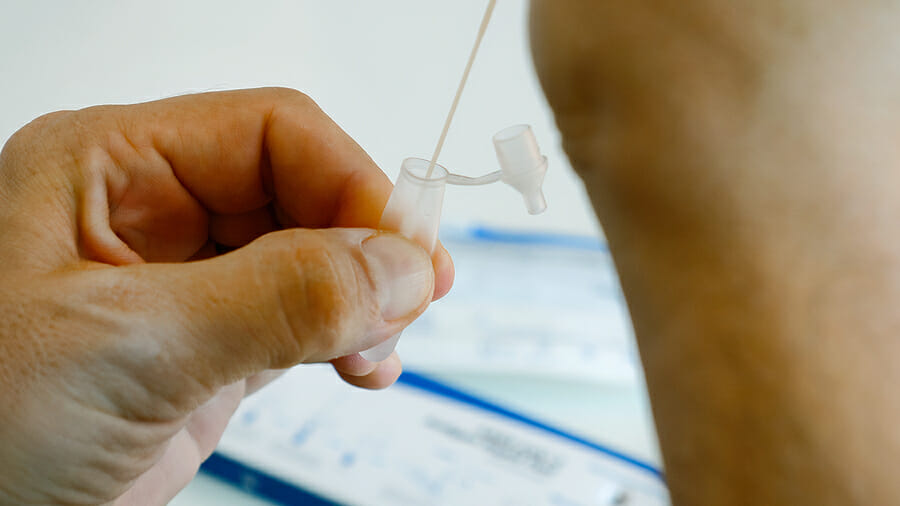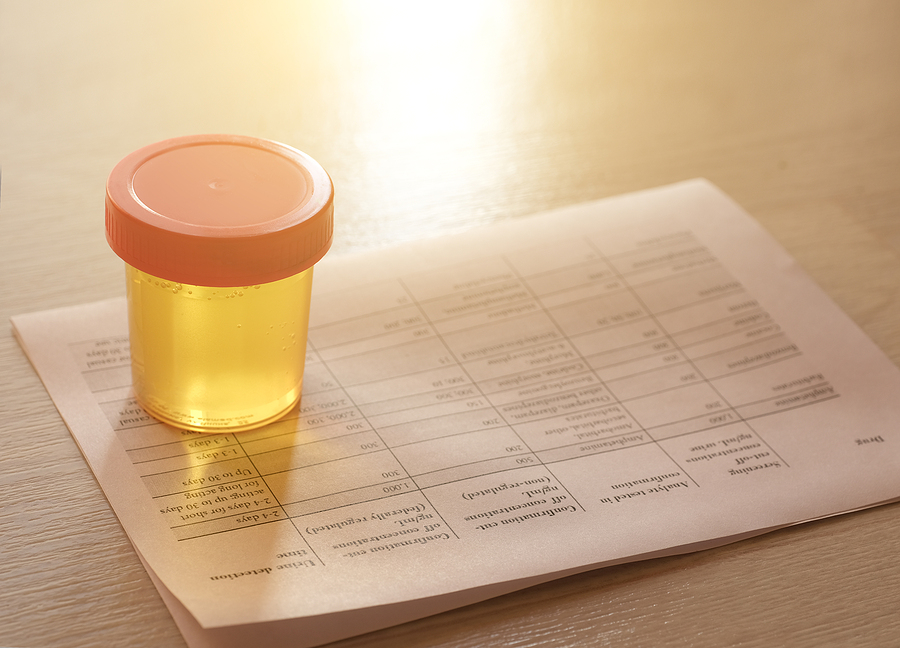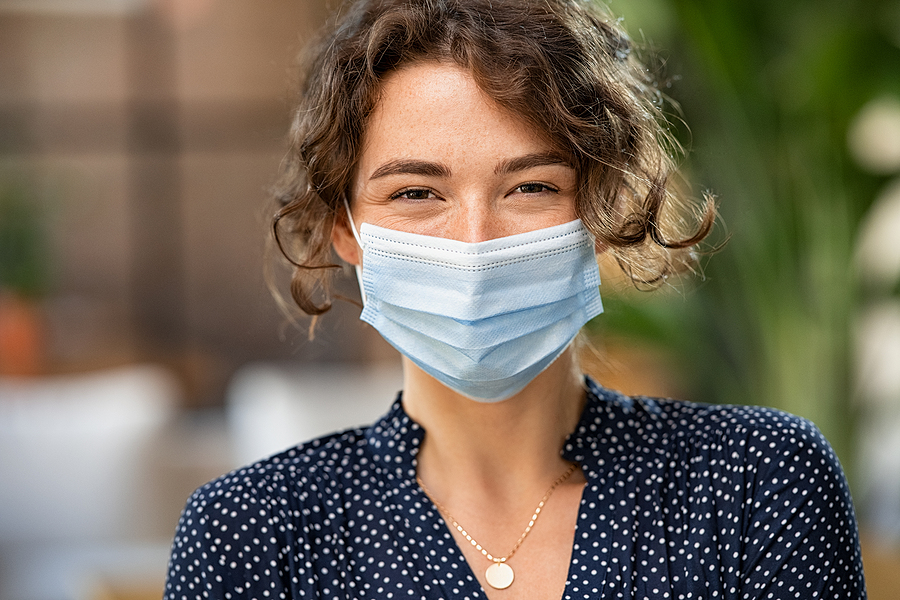Home-based rapid COVID-19 tests have made getting tested more approachable to people than ever. If you’re interested in knowing more about them, read on below to find out what they are, how effective they are, and more.
What is a Home-Based Rapid COVID-19 Test?
Table of Contents
A home-based rapid COVID-19 test is a test that you can take to diagnose whether you have a current infection of COVID-19. The great thing about this is that you can take it anywhere, regardless of your vaccination status and whether you’re showing symptoms or not.
An example of a home-based rapid COVID-19 test would be FlowFlex COVID test kits which are rapid antigen tests and get your results the same day after a few minutes.
Another great thing about home-based rapid tests is that they can give you the results in a few minutes so you don’t have to wait for several days before you find out if you are currently infected.
When Should You Take a Home-Based Rapid Test?
The convenience of home-based rapid tests make them more convenient and easy to access for many people. If you’re wondering whether you should be testing yourself or not, here are a few reasons why you probably should:
- You’re showing symptoms of the disease.
- You were interacting or near someone who ended up testing positive for the virus.
- You are planning to attend a mass gathering or an indoor event.
- You’re going to travel.
- You’re going to meet someone who is immuno-compromised.
- You’re required to do so to attend something, such as going to work or to school.
If you fall under any of these categories, then you might want to consider taking a home-based rapid test.
How Effective are These Home-Based Rapid COVID-19 Tests?
Now that you’re considering taking a home-based rapid COVID-19 test, your next question might be on how effective these tests really are.
Well, first, in comparison to an antibodies test, these rapid tests are better at diagnosing current infections which can help you figure out your next move, especially when you test positive from an antigen test. However, there are limitations.

COVID-19 Isolated on a white background Chinese coronavirus under the microscope. Realistic vector 3d illustration. Pandemic, disease. Floating China pathogen respiratory influenza covid virus cells
Rapid at-home tests aren’t as effective or reliable as RT-PCR tests where you send the samples to a lab and they analyze it for a few days. Antigen tests tend to produce false negatives, which is why many experts suggest taking tests a few days after.
Although antigen tests tend to show false negatives, if you do test positive, it’s quite likely that you have the infection now. Therefore, you should self-isolate and head to a hospital if you feel worsening symptoms.
How to Use an At-Home COVID-19 Test
When using an at-home COVID-19 test, it’s always a good idea to check the manufacturer’s instructions and follow them.
Make sure that you follow those steps that the manufacturer indicates. If you didn’t follow the instructions properly, then your results can be incorrect. Also, as a rule to follow when taking these tests, always remember to wash your hands both before and after you collect the specimen needed for the test.
By following the instructions and these tips, you should be able to get a good sample and you’ll be able to find out your results right after without any further issues.
What to Do After Getting Your Results
Once you find out your results, here is what you should do:
If you tested positive:
- Contact the close people in your life, especially those you’ve interacted with recently, to let them know.
- Isolate yourself away from people for five to seven days including the people you live with.
- Seek emergency care if you’re showing symptoms and they’re worsening. Contact your healthcare provider as well.
- If you took a registered NHS self-test kit, don’t forget to report your results.
If you tested negative:
- Consider testing yourself again after a few days. Many at-home tests are more reliable if you take them as a series. If you test negative after taking a couple more tests, then you should be good to go.
- If you took a registered NHS self-test kit, don’t forget to report your results.
Overall
The rapid COVID-19 tests have done a great job in bettering our protection in the fight against the COVID-19 pandemic. The more you learn about them, the less intimidating they can become for you, so hopefully, you now have a better idea of how to approach them if you need to use them.
Image Source: BigStockPhoto.com (Licensed)
Related Categories: Health, Reviews








